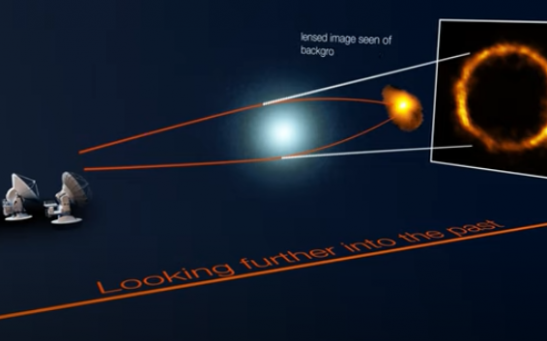Max Planck Institute
Fire Starter—ESA’s Planck Satellite Reveals Later Star Formations
ESA Rosetta Spacecraft Is Showing Off Its ‘Cheops’
Most Popular

Study Reveals High Turnover in Scientific Research Careers: What This Means for Future Scientists

How Technology Is Changing the Real Estate Industry?

How a Plant-Based Diet Can Protect Against Breast Cancer: Insights from Nutrition Research

Practical Steps to Future-Proof Your Money to Create Financial Security






